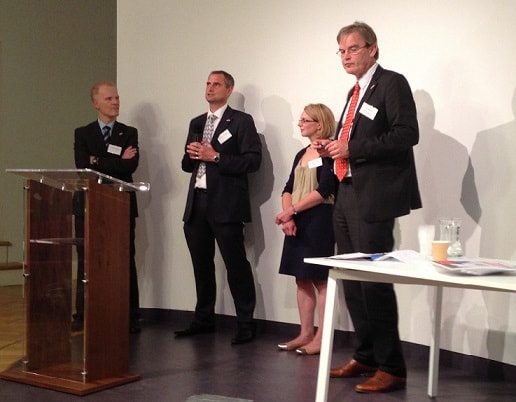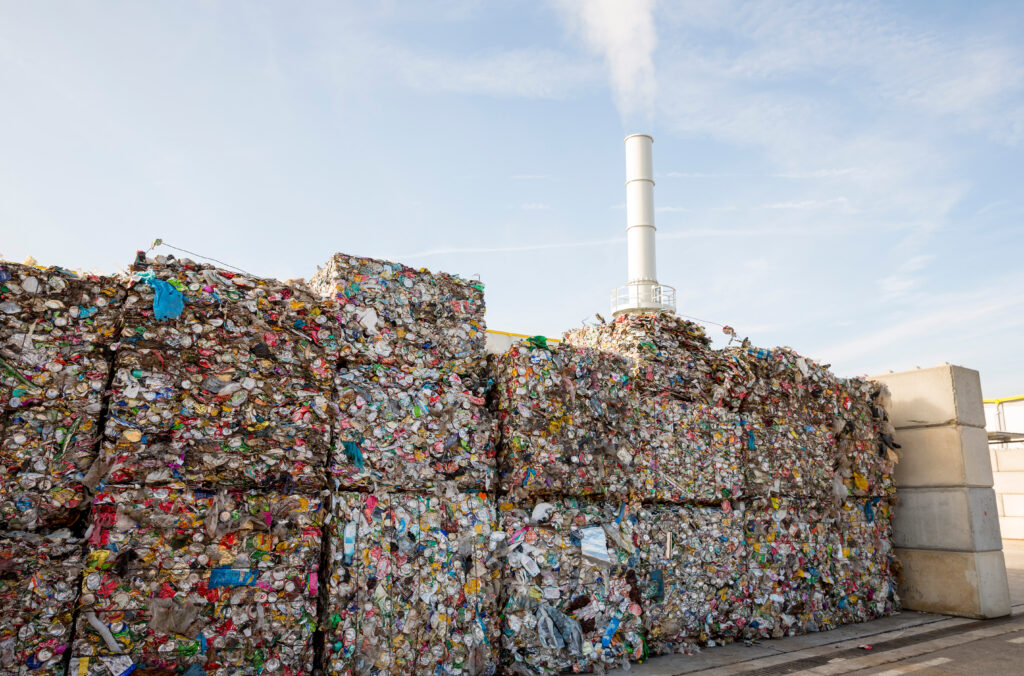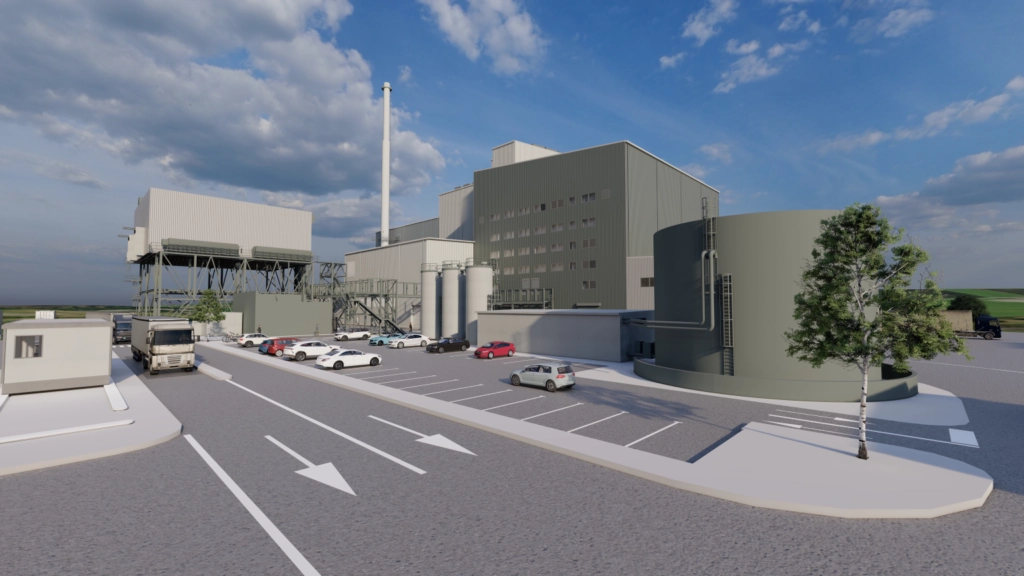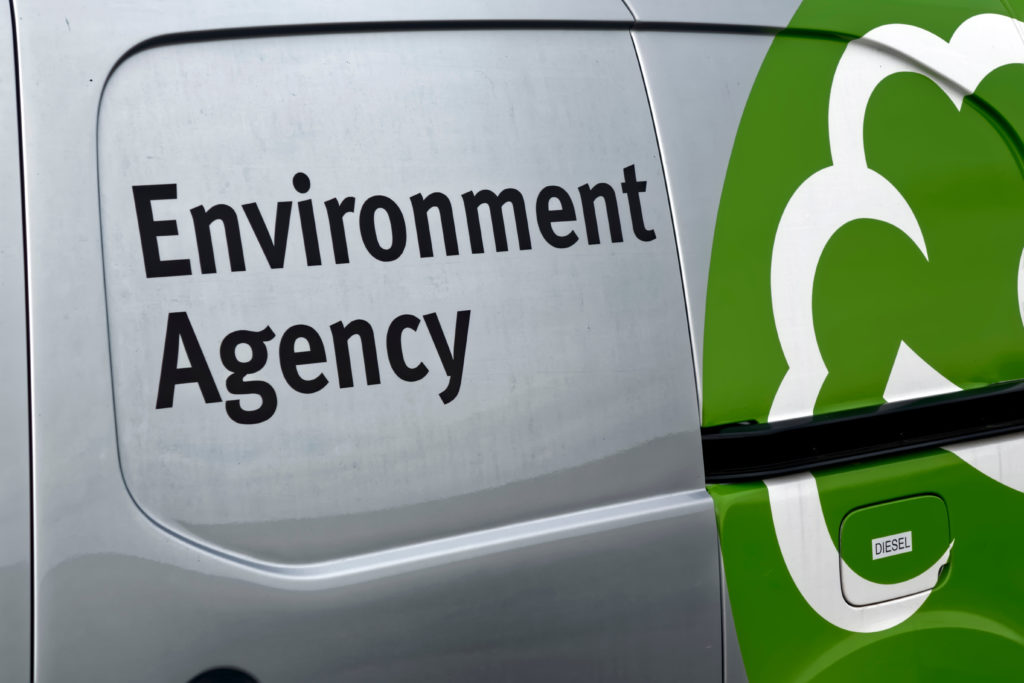Speaking at an Anglo-Dutch roundtable event on waste management in London yesterday (September 15), Mr Hayward-Higham said that RDF exports to countries including the Netherlands ‘bridged the gap’ between landfill diversion and the development of domestic energy recovery facilities. SITA is currently the largest exporter of RDF from the UK.

But, Mr Hayward-Higham said there was a disconnect between the export of waste-derived fuel and the need for more energy security in the UK, and that a more joined up approach – whereby potentially base load energy from countries such as the Netherlands could be returned to the UK – needed to be considered.
Commenting on the situation, he said: “It is great that we are giving you energy but at the same time we are closing coal power plants and we need to have a debate about that. You need waste, we need energy – there should be some way of balancing that.”
At the event – which was organised by the Dutch embassy – speakers discussed waste policies in both the Netherlands and the UK and how the two countries could work together on waste and the export of RDF in particular.
Defra
The UK government issued a call for evidence on the RDF market earlier this year and an update on this was given by Deborah Owens, residual waste team leader at Defra.
Commenting on the export of RDF to the Netherlands, Ms Owens said: “We have to ensure the hierarchy is followed, and whether the export of RDF to the Netherlands is a good thing, that is why we are having the review. We hope to publish our response to the call for evidence in the Autumn.”
Ms Owens explained that the Government has received 47 responses to the review and that the “majority of respondents favour some kind of government intervention, ranging from education to full market intervention.”
She highlighted that illegal activity in the sector was a particular concern and that stakeholders were keen to see stronger enforcement, which she said the government was addressing in its waste crime action plan.
When asked whether an RDF standard might be introduced to differentiate RDF from municipal waste she said: “We asked if we should have an RDF standard and the view was no as that needs to be dictated by the plants but some people were calling for management standards. Some respondents also suggested developing a financial guarantee bond like with TFS”.
Dutch perspective
Providing a Dutch perspective, Guus van den Berghe of Riklswaterstaat, an agency of the Dutch Ministry of Instrastructure and Environment, explained that demand for RDF from the Netherlands is expected to rise as the government strives to reduce residual waste under its From Waste to Resource strategy – freeing up EfW capacity.
He said: “We have waste incineration capacity for 7.7 million tonnes in the Netherlands and of that 1.6-1.7 million tonnes comes from other countries, mainly the UK. The policy in the Netherlands is to reduce waste volumes going to incineration which will create more space for other countries to send waste here.”
And, assessing what energy-from-waste capacity might be like in the UK in future and the impact this might have on RDF exports, Mr Hayward-Higham said that he expected exports to decline but the rate at which this happened would depend on a number of different factors such as incentives and regulation.
“It is either a very slow decline or a rapid decline”, he explained. “Either half a million tonnes will be exported by 2025 in a drive to onshore but if we don’t develop our capacity there could be 3-3.5 million tonnes. We prefer to treat onshore but not at stupid cost.”
UK export market
A broad overview of the UK RDF export market was also given at the event by Laura Owen of the Associate Parliamentary Sustainable Resource Group, which last year published a report on RDF.
Ms Owen’s explained that the export of RDF had risen “dramatically” since 2010, rising by 874,000 tonnes in just two years – with Denmark and the Netherlands being the key destinations for material.
She said: “The Netherlands is especially important for RDF. It has an estimated 15% overcapacity in its energy-from-waste market which is particularly attractive to exporters. We find this overcapacity is pushing down gate fees.”
Ms Owen said the APSRG had made a number of recommendations to help improve the market for RDF and that it was pleased to see Defra’s call for evidence.







Subscribe for free